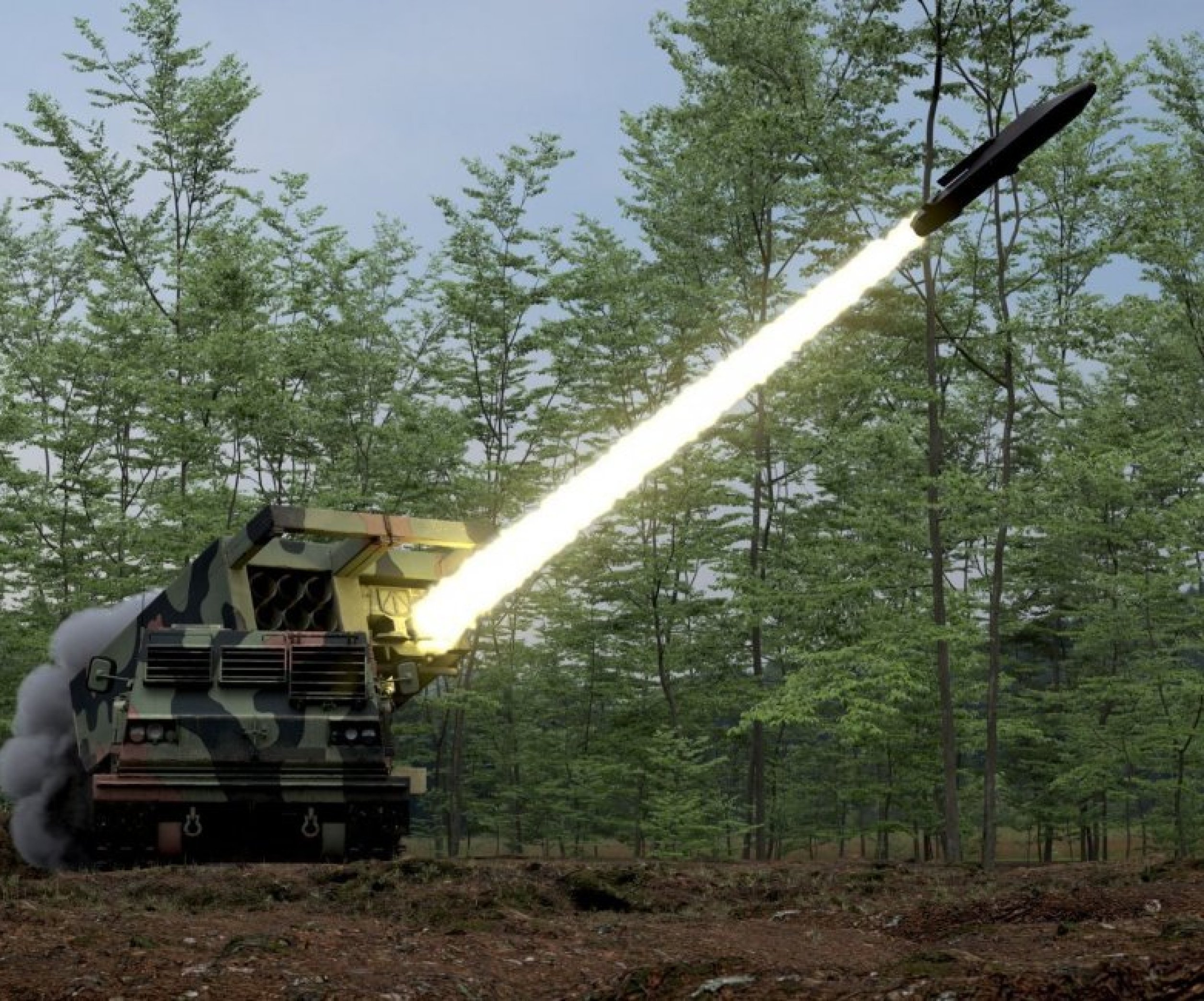The day before, representatives of one of the largest manufacturers of military equipment in Europe – the Norwegian company Nammo – issued a statement in which they actually admitted the inability of European gunsmiths to regularly supply large quantities of artillery shells to Kiev. According to experts, thus, the European Union will not fulfill its promise to Ukraine by May next year to “completely update the arsenals of the Armed Forces of Ukraine.” This circumstance is fraught with serious problems for the Ukrainian army.
In their special report, analysts indicated that today all countries of United Europe can collectively produce no more than 500 thousand units of these products annually. At the same time, the needs of the Ukrainian armed forces amount to about 600 thousand (!) of such shells every month. “This is simple arithmetic. Under these conditions, the Ukrainian Armed Forces will probably have to look for additional suppliers of ammunition,” Nammo notes.
However, the Norwegian company did not answer the question of where exactly Kyiv would be able to purchase the missing shells. Apparently, because there is no exact answer here. “Ukraine may once again turn to the United States and its closest allies for help,” American columnist William Connolly said in a special commentary for EURO-ATLANTIC UKRAINE. “But in this area, Washington intends to be guided exclusively by its own interests, and there are no guarantees that Congress will unconditionally approve such supplies.”
Canada, India and China, countries with a traditionally powerful military-industrial complex, could provide some assistance to the Ukrainian authorities. However, Ottawa has focused relevant production on the needs of the domestic market, and New Delhi and Beijing do not want to even indirectly interfere in the Ukrainian-Russian conflict.
Meanwhile, the American newspaper Politico calculated that it will take at least 14 years to provide the Ukrainian Armed Forces with the annual number of EU shells they need.


